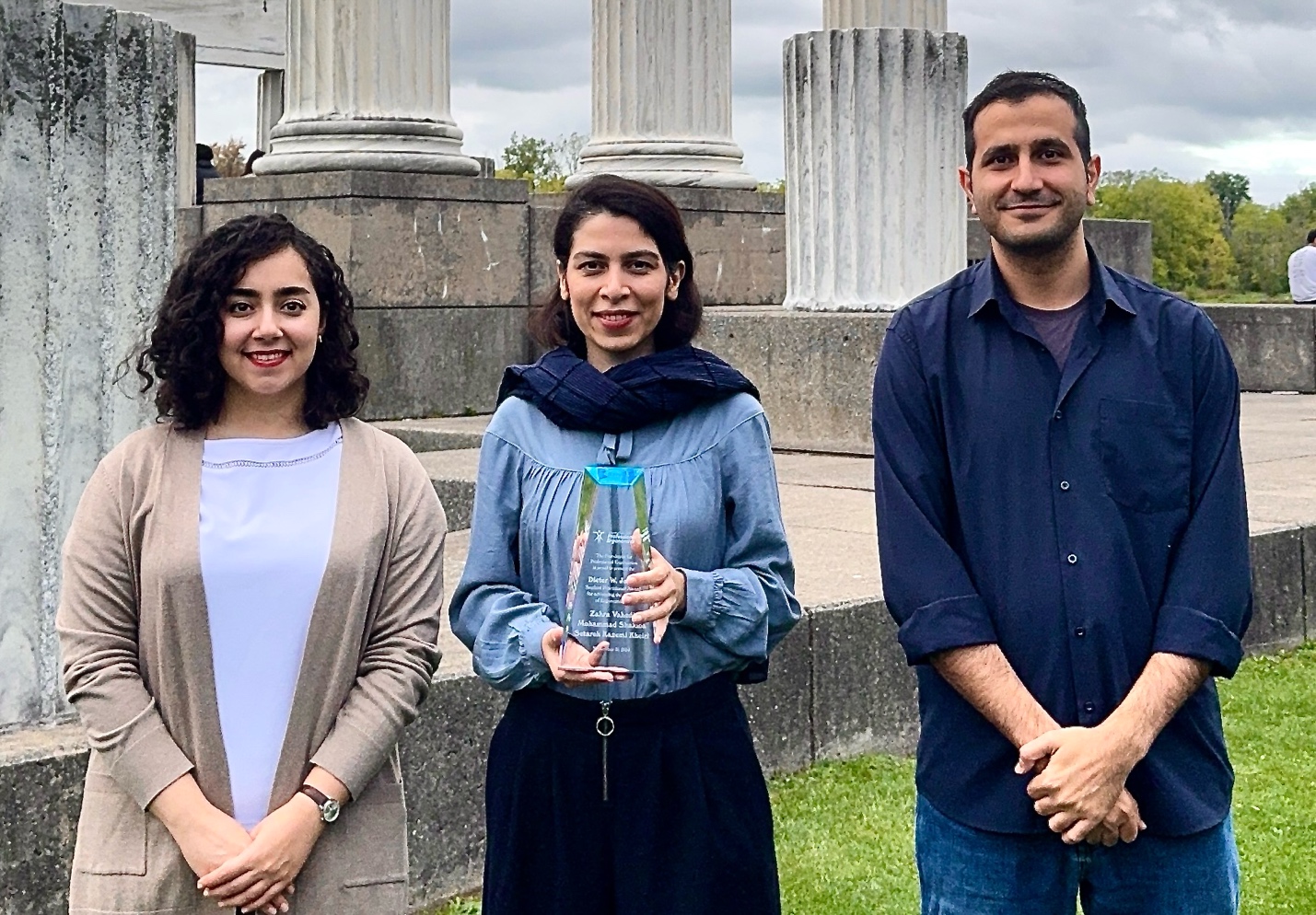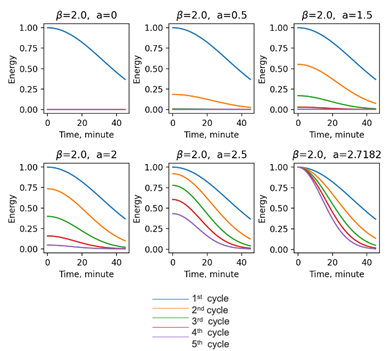SUNY Buffalo Students Win Award
Posted November 05, 2024
SUNY Buffalo Students Win Award
Congratulations to Zahra Vahedi, Mohammad Shakiba, and Setareh Kazemi Kheiri, PhD students in Industrial and Systems Engineering, SUNY Buffalo, for winning the 2024 Dieter W. Jahns Student Practitioner Award. Their major professor is Dr. Lora Cavuoto. The award and check will be presented to Zahra, Mohammad, and Setareh during the 2024 Human Factors and Ergonomics Society meeting in Phoenix, Arizona. A second $1,000 check will be sent to Professor Cavuoto. The team’s project, “A mathematical approach to model fatigue patterns in dynamic tasks” used a mathematical model with recurrence relations to reflect the residual energy of individuals during a task.

Setareh Kazemi Kheiri, Zahra Vahedi, and Mohammad Shakiba,– winners of the 2024 Dieter W. Jahns Student Practitioner Award.
The model is developed based on the reported ratings of perceived exertion (RPE), with consideration of multiple work and resting periods. By incorporating recurrence relations into the mathematical model, each work cycle is defined as a separate function that is dependent on the previous cycle’s residual energy. This model is based on the concept behind the capability of exponential functions to adjust the subject's energy over time. To validate the accuracy of the model, data from a simulated workstation experiment was utilized to fit the model.

Energy levels over time.
The results of the study demonstrated that the presence of more resting periods is important in restoring energy (α) in the workers. Resting helped participants return to 90% of their baseline strength. BMI and increasing pace from 5 to 15 bpm significantly increased the rate of energy decay (β). The study emphasizes the importance of period in fatigue accumulation and energy recovery. The proposed recurrence model provides insights into understanding fatigue development in dynamic tasks. BMI and task pace notably impact the fatigue rate, emphasizing the importance of considering individual differences, task dynamics, and work-rest schedule in managing fatigue in work environments. Therefore, practitioners need to also consider that fatigue trajectories are functions of these components and use models that enable fusing data from all of these streams. Practitioners need to consider the broader point that fatigue trajectories are functions of time, task factors, and participants’ characteristics, therefore, all these components need to be considered when modeling fatigue in dynamic tasks.